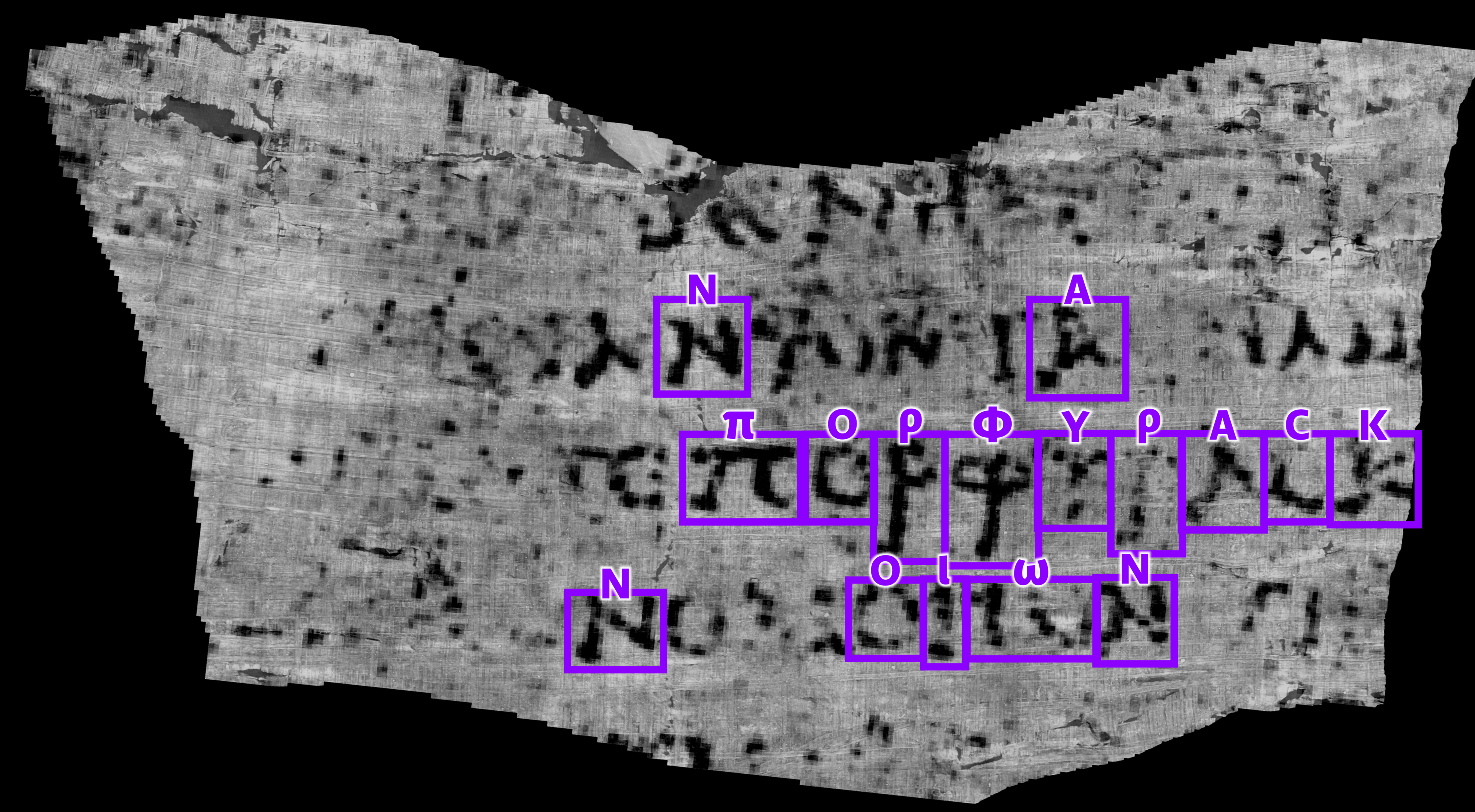Using AI to read the Herculaneum papyrus scrolls, carbonised when Venusius erupted 2,000 years ago
A great story about uncovering the words locked inside carbonised Roman scrolls. We should be using machine learning for more things like this, and using it to impersonate humans less.
In the modern era, the great pioneer of the scrolls is Brent Seales, a computer science professor at the University of Kentucky. For the past 20 years he’s used advanced medical imaging technology designed for CT scans and ultrasounds to analyze unreadable old texts. For most of that time he’s made the Herculaneum papyri his primary quest. “I had to,” he says. “No one else was working on it, and no one really thought it was even possible.”
Progress was slow. Seales built software that could theoretically take the scans of a coiled scroll and unroll it virtually, but it wasn’t prepared to handle a real Herculaneum scroll when he put it to the test in 2009. “The complexity of what we saw broke all of my software,” he says. “The layers inside the scroll were not uniform. They were all tangled and mashed together, and my software could not follow them reliably.”…
Unlike today’s large-language AI models, which gobble up data, Farritor’s model was able to get by with crumbs. For each 64-pixel-by-64-pixel square of the image, it was merely asking, is there ink here or not? And it helped that the output was known: Greek letters, squared along the right angles of the cross-hatched papyrus fibers.
Can AI Unlock the Secrets of the Ancient World? - Businessweek
